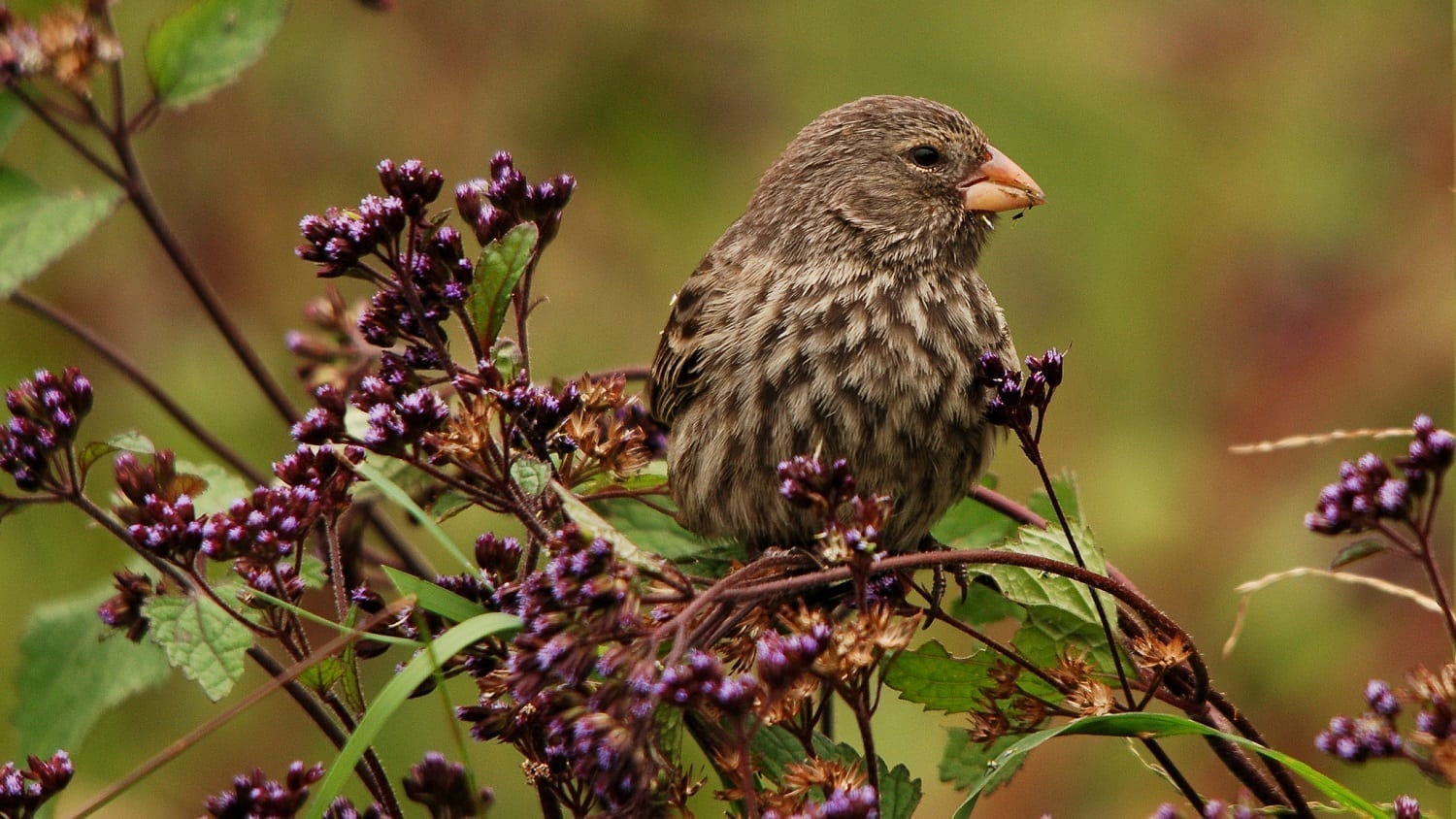Lamichhaney Study Design
The study focused on the shape of the bird’s beak and its associated gene, the ALX1 gene. Blood samples were gathered from 120 captured finches and grouped by location: the Galápagos and Cocos Islands and two closely related tanagers from Barbados.
Once the samples were collected, the groups were released back to their original location. Genetic analysis was performed in the laboratory using the Genome Analysis Toolkit.
Team Findings
Lamichhaney’s team of scientists reported finding “important discrepancies with the phenotype-based taxonomy.” Specifically, the shape and size of the beak, also known as the “phenotype,” did not correspond to the ALX1 gene, known as the genotype, as predicted by Darwin’s theory.
Rather than finding genetic differences between presumed distinct species, the evidence indicates gene sharing within the same species. As Lamichhaney explains—
Extensive sharing of genetic variation among populations was evident, particularly among ground and tree finches, with almost no fixed differences between species in each group.
A pattern of “slight, successive” evolutionary changes, as predicted by Darwin, was not observed. The evidence points to interbreeding rather than speciation. Gene flow between the groups is compatible with interbreeding. As the investigators reported—
We find extensive evidence for interspecific gene flow [interbreeding] throughout the radiation [groups].
Noting the “considerable amount of genetic diversity within each population,” the investigators issue the following warning—
The exact branching order of the… ground and tree finches should be interpreted with caution.
Geoffry Mohan writing for the Los Angeles Times, reported that the “species that were genetically similar on one island were not as closely related on others… [that] can be interpreted as evidence of interbreeding.”
Interbreeding can only produce fertile offspring within a single species. Based on the genetics of Darwin’s finches, then, the evidence points to a variable single species population on the Galápagos Islands.
Corroborates Findings
Lamichhaney corroborates the findings of previous investigations. Stephen O’Brien, Genome 10K Project co-founder, had anticipated in 2012 that “the genome sequence empowerment of Darwin’s finches will initiate the solving of evolutionary riddles that have puzzled biologists for a century.”
Even though the Genome 10K Project had announced that “scientists have sequenced the genome of one of the iconic Galapagos finches as described by Darwin,” the Genome 10K project has still not published any evidence to solve the problem.
Akie Sato of the Max-Planck-Institut für Biologie, Germany, a decade earlier, in the paper entitled “Phylogeny of Darwin’s finches as revealed by mtDNA sequences” failed to separate the finch populations into distinct sequential species, either—
The traditional classification of ground finches into six species and tree finches into five species is not reflected in the molecular data.
Peter and Rosemary Grant, the husband and wife team who had dedicated their professional careers to the study of Darwin’s finches, confirmed Sato’s observation. In their paper “Comparative landscape genetics and the adaptive radiation of Darwin’s finches” published in the September 2005 issue of the Molecular Ecology journal, they said the scientific evidence points to a “decoupling of morphological and molecular evolution.” The genetics of Darwin’s finches point to interbreeding, not evolution.





